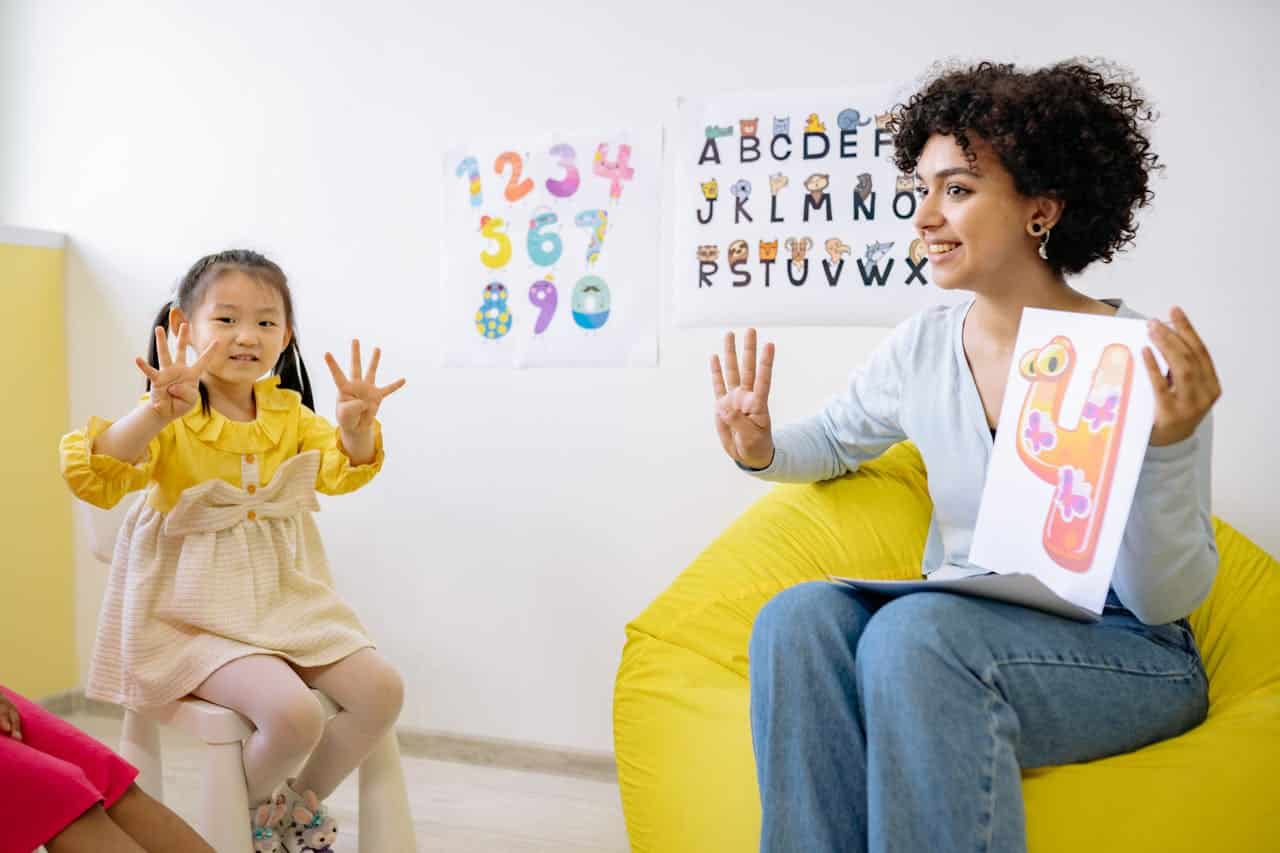
The Importance of Deaf Awareness in Early Education: Building an Inclusive Future
- Posted by Cicada Sign
- Categories Blog
- Date January 4, 2025
- Comments 0 comment
Early education is a pivotal stage in a child’s development, laying the foundation for future learning and social interactions. For Deaf and hard-of-hearing children, this period is especially critical, as early exposure to inclusive practices and Deaf awareness can significantly influence their cognitive, linguistic, and social growth. This post delves into the significance of Deaf awareness in early education and how it contributes to building an inclusive future for all students.
Understanding Deaf Awareness in Early Education
Deaf awareness in early education involves recognizing and accommodating the unique needs of Deaf and hard-of-hearing children. It encompasses creating an environment where these children have equal access to communication, learning opportunities, and social interactions. Implementing Deaf awareness from the outset ensures that all children develop empathy, understanding, and the ability to communicate with their Deaf peers.
Benefits of Early Deaf Awareness
-
Enhanced Communication Skills: Introducing sign language and other communication methods in early education enables all children to develop diverse communication skills, fostering inclusivity and mutual understanding.
-
Cognitive Development: Early exposure to sign language has been shown to support cognitive development, providing Deaf children with a solid foundation for language acquisition and literacy.
-
Social Inclusion: Educating hearing children about Deaf culture and communication methods promotes an inclusive environment where Deaf children feel valued and included.
-
Academic Achievement: Inclusive educational settings that address the needs of Deaf students contribute to improved academic outcomes by providing appropriate support and resources.
Implementing Deaf Awareness in Early Education
-
Curriculum Integration: Incorporate lessons on Deaf culture, sign language, and the experiences of Deaf individuals into the curriculum to promote understanding and respect.
-
Teacher Training: Provide educators with training on Deaf awareness, communication strategies, and the use of assistive technologies to effectively support Deaf students.
-
Inclusive Environment: Create a classroom setting that accommodates the needs of Deaf children, such as ensuring clear visibility for lip-reading, reducing background noise, and utilizing visual aids.
-
Parental Involvement: Engage parents in the educational process by offering resources and support to help them understand and advocate for their child’s needs.
Challenges and Considerations
While the benefits of Deaf awareness in early education are clear, challenges remain. These include a lack of trained professionals, limited resources, and potential resistance to curriculum changes. Addressing these challenges requires a collaborative effort among educators, policymakers, parents, and the Deaf community to ensure that inclusive practices are effectively implemented.
Conclusion
Promoting Deaf awareness in early education is essential for building an inclusive future where all children have the opportunity to thrive. By fostering an environment of understanding, respect, and effective communication, we can ensure that Deaf and hard-of-hearing children receive the support they need to reach their full potential.

E Letter in ASL
"Early exposure to sign language supports cognitive development, providing Deaf children with a solid foundation for language acquisition and literacy."

"Inclusive educational settings that address the needs of Deaf students contribute to improved academic outcomes by providing appropriate support and resources."



